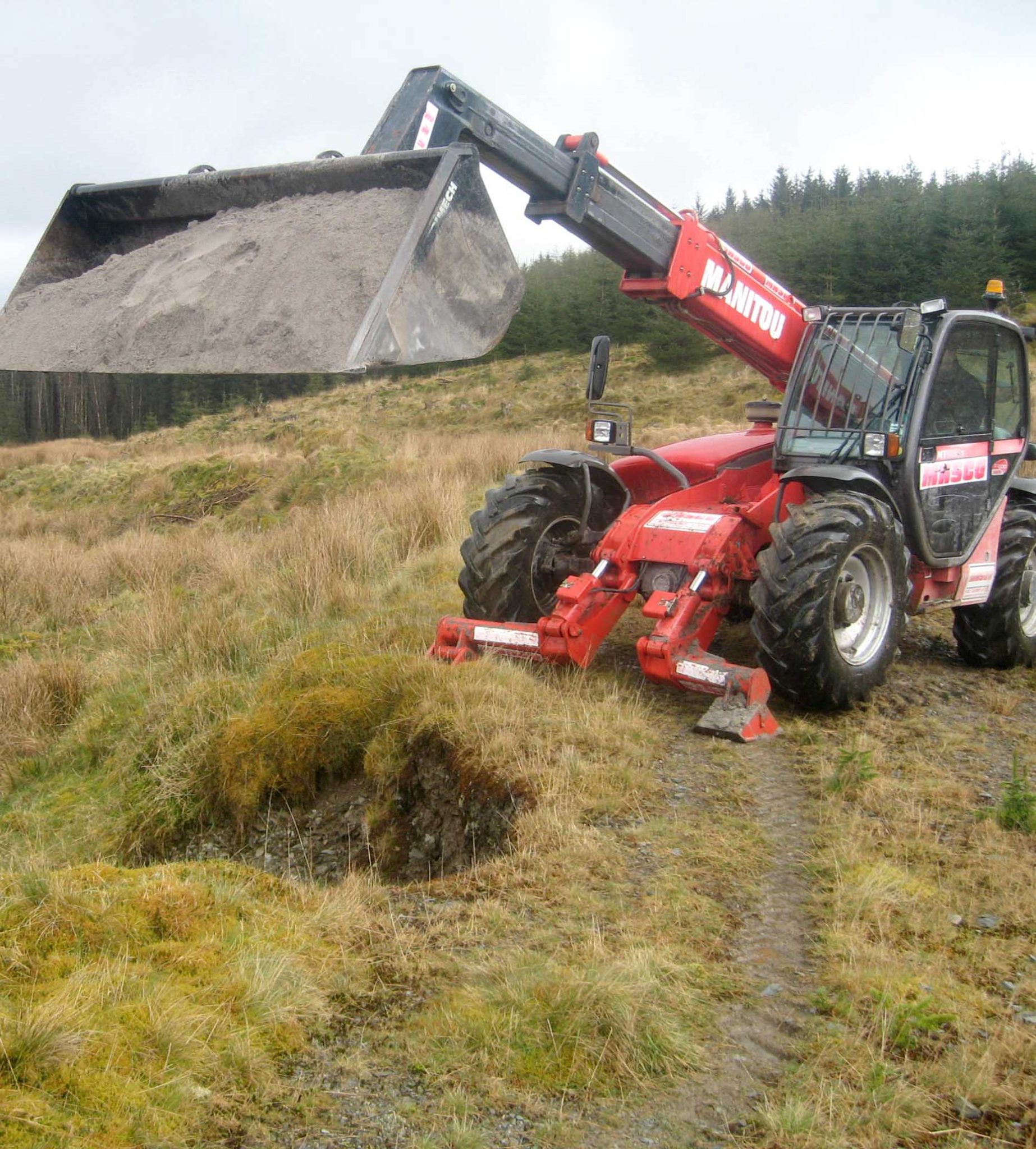Above: stocking hatchery-reared salmon fry into a Welsh stream. For many years mitigation funding was used to support salmonid hatcheries to artificially stock Welsh rivers. All hatcheries in Wales were closed in 2014 following scientific evidence that cast doubt over their effectiveness as a restoration tool. Since then, mitigation funding has been used for a variety of other measures to boost salmon and sewin stocks, such as liming work to correct acidity issues in the headwaters of the Wye.
“Mitigation” funding has been provided for fishery and river improvements in Wales for centuries.
It was usually established as a result of dam construction, mitigating for the large areas of river catchments being cut off to migrating fish such as Atlantic salmon and sewin (sea trout). In most cases, such funding was and is provided by water companies and administered by Natural Resources Wales.
In the past, mitigation funding has paid for improvements to habitat, water quality and access to the parts of a catchment not cut off by dam construction. By the late twentieth century, however, it was almost all being spent on running salmonid hatcheries for artificial stocking purposes.
Following the decision in September 2014 to end the operation of Natural Resources Wales hatcheries and stocking of salmon and sea trout, commitments were made by Natural Resources Wales for “alternative” mitigation funding to deliver equivalent or greater benefit.
Programmes of ‘alternative mitigations’ were devised in seven Welsh rivers, to be delivered through river trusts. At first, this funding was managed by Afonydd Cymru and delivered across 5 catchments: Wye, Taff, Seiont, Mawddach and Dee. In recent years, however, the trusts have received the funding directly from Natural Resources Wales.
Mitigation funding is used to deliver project work based on, but not necessarily restricted to the following options, based on the principles of salmonid habitat restoration and improvement:
- Riparian habitat improvements to reduce adverse effect of land management, including repair / replacement of now defunct, past interventions;
- Work to restore and improve fish migration by addressing man-made barriers;
- Work to address water quality, including prevention of sediment entry to rivers and anthropogenic acidification of streams;
- Work to restore river gravels downstream of large impounding dams.
Photos from alternative mitigation funding work in the Seiont catchment:
Blocked crossing
Before fencing
After fencing
Damaged fencing
Repaired fencing
Before clearing
After clearing










